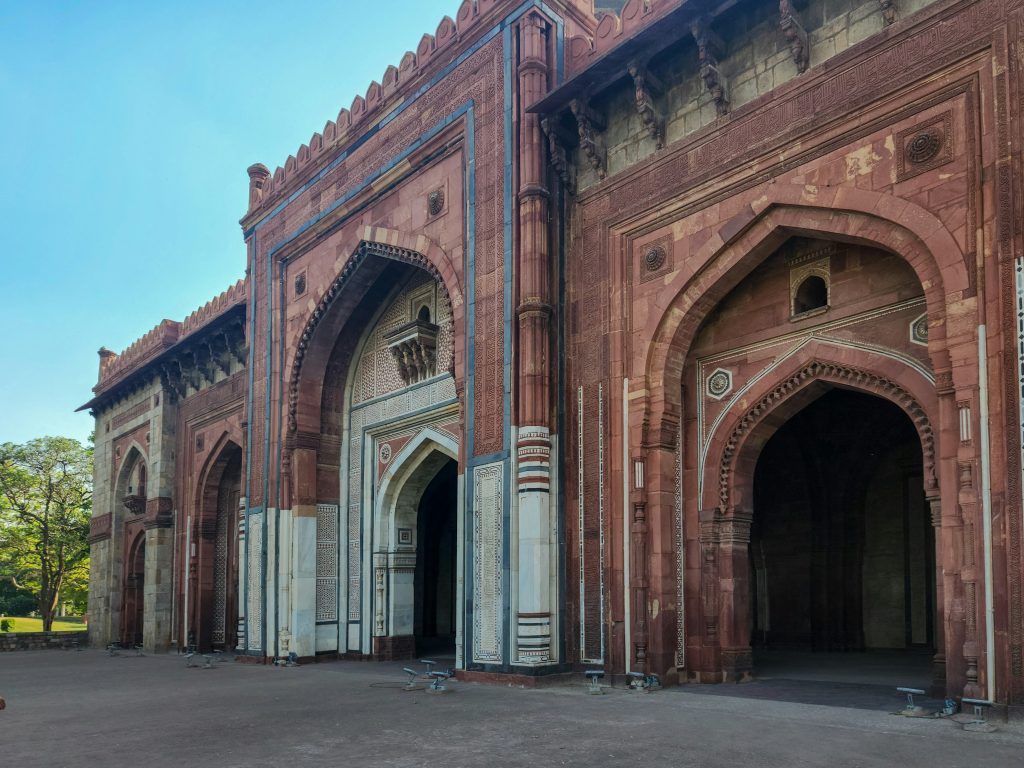In a stunning turn of events, the Bharatiya Janata Party (BJP) has clinched a remarkable victory in the Haryana elections, defying both anti-incumbency sentiments and the projections of numerous exit polls. This win marks the third consecutive term for the BJP in the northern state, solidifying Prime Minister Narendra Modi’s influence in the region. Modi expressed his gratitude to the citizens of Haryana, promising to leave no stone unturned in fulfilling their aspirations and needs.
The elections in Haryana were marked by intense political maneuvers, particularly from the Congress party, which relied heavily on the support of the Jat community in an attempt to challenge the BJP’s dominance. Former Chief Minister Bhupinder Hooda sought to galvanize the electorate but ultimately faced significant hurdles against the ruling party’s well-established presence.
While Haryana celebrated its election results, neighboring Jammu and Kashmir presented a contrasting political landscape. The Jammu Kashmir National Conference (JKNC), a regional ally of the Congress party, made headway in the Kashmir assembly elections, reflecting a complex tapestry of voter sentiment across the region. This divergence highlights the multifaceted political dynamics at play in India, where regional issues often intersect with national narratives.
The BJP’s victory in Haryana is particularly noteworthy given the backdrop of growing discontent in various parts of the country, suggesting that local issues may have played a crucial role in swaying voter preferences. Political analysts indicate that the BJP’s ability to navigate through anti-incumbency challenges speaks volumes about its strong grassroots organization and strategic campaigning.
As the political landscape continues to evolve, the implications of these results will resonate beyond Haryana. Observers are closely monitoring how the outcomes will influence the party’s strategies in upcoming elections, especially as they prepare for the national stage. The BJP’s success is expected to embolden its leadership and potentially reshape the political discourse leading into future electoral battles.
In conclusion, the Haryana elections of 2024 serve as a critical indicator of the shifting political tides within India. The BJP’s unexpected triumph, juxtaposed with the Congress party’s struggles, paints a vivid picture of the challenges and opportunities facing political parties in an increasingly complex electoral environment. As the dust settles, both parties will need to reevaluate their strategies to connect with the electorate in a rapidly changing political landscape.

